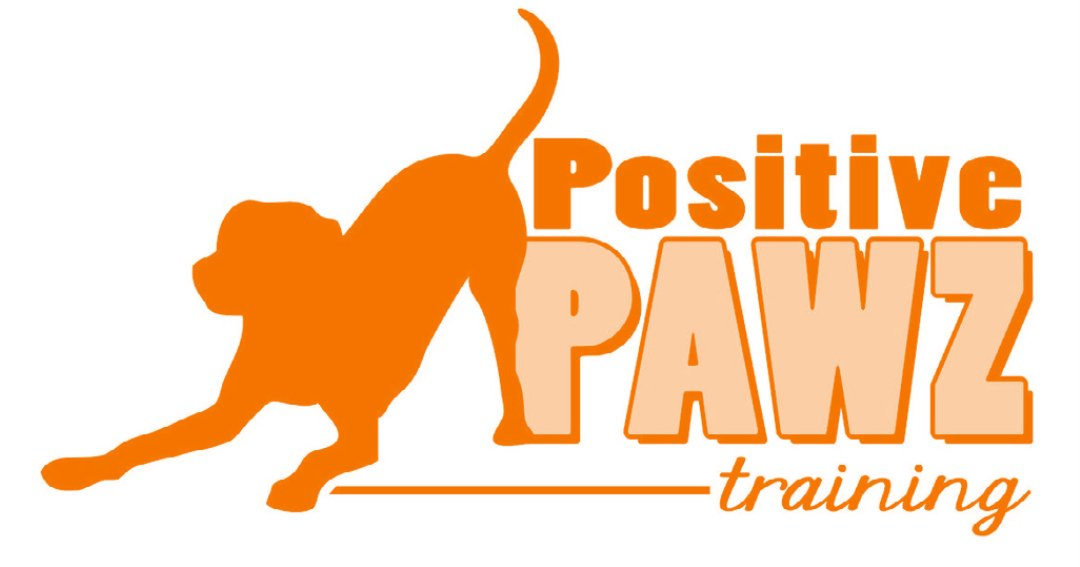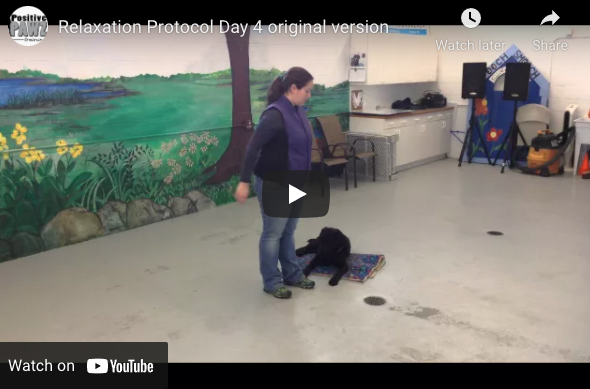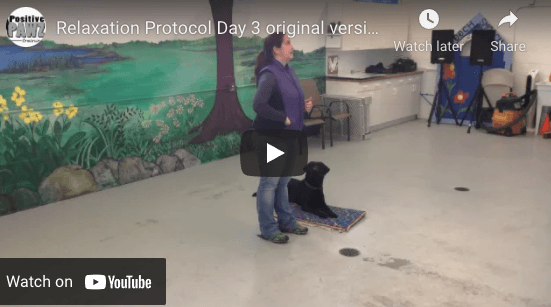TRAINER TIPS

Reward based training uses praise and/or treats to reward your dog for doing something you want him to do again. Because the reward makes him more likely to repeat the behavior, positive reinforcement or reward-based training is one of your most powerful tools for shaping or changing your dog's behavior. Rewarding your dog for good behavior sounds pretty simple, and it is! But to practice the technique effectively, you need to follow some basic guidelines. 1.) Positive reinforcement can include food treats, praise, petting, or a favorite toy or game. Since most dogs are highly food-motivated, food treats work especially well for training. 2.) When your pet is learning a new behavior, reward him every time he does the behavior. Once your pet has reliably learned the behavior, you can to switch to intermittent reinforcement, in which you continue with praise, but gradually reduce the number of times he receives a treat for doing the desired behavior. Caution! Don't decrease the rewards too quickly. You don't want your dog to become frustrated. By understanding positive reinforcement, you'll see that you're not forever bound to carry a pocketful of goodies. Your dog will soon be working for your verbal praise, because he wants to please you and knows that, occasionally, he'll get a treat, too. 3.) Correct timing of the reward is essential when using positive reinforcement. The reward must occur within 1 or 2 seconds or your pet may not associate it with the proper action. For example, if you have your dog sit but reward him after he's stood back up, he'll think he's being rewarded for standing up. 4.) Keep commands short and uncomplicated. The most commonly used dog commands are: sit down (which means "lie down") watch me wait come with me (which means "walk close to my side") leave it 5.) But when do I use positive reinforcement? Use positive reinforcement to teach your dog commands and it's also a good way of reinforcing good behavior. You may have your dog sit: before letting him out the door (which helps prevent door-darting) before petting him (which helps prevent jumping on people) before feeding him (which helps teach him good meal-time manners). Give him a pat or a "Good dog" for lying quietly by your feet, or slip a treat into a toy when he's chewing it instead of your shoe. But, be careful that you don't inadvertently use positive reinforcement to reward unwanted behaviors. For example, if you let your dog outside every time he barks at a noise in the neighborhood, you're giving him a reward (access to the yard) for behavior (barking) that you want to discourage.
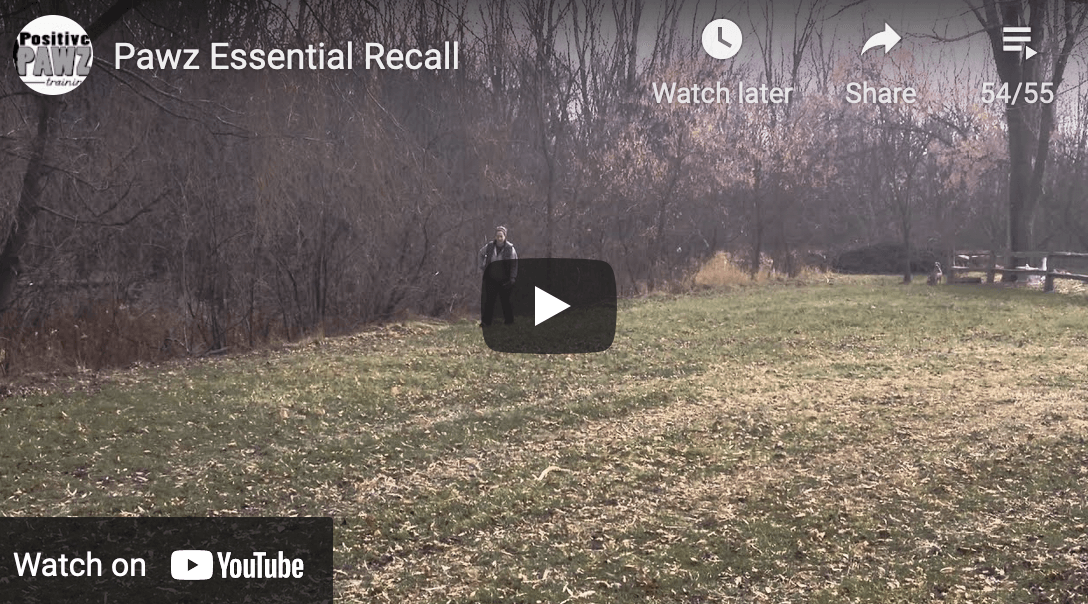
In the video, "Zoey" demonstrates waiting until she is released to do so. She also demonstrates "Coming when Called." She has had lots of training and practice with this behavior. She is highly reinforced with things that she finds rewarding!! In this example, it is a game of tug but, you can use anything that your dog finds rewarding like a game of fetch, the best treats, or a game of chase. For more information on training your dog to come when you call them, contact me!
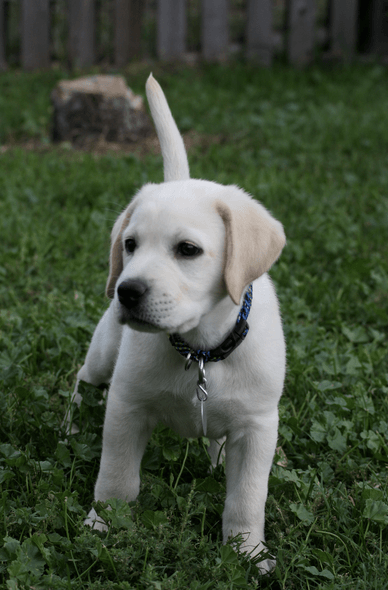
1. Your leash is your friend. It gives you a chance to supervise your puppy and to help them make good choices. 2. Purchase and use your crate. It is a place for safety, house training, quiet, and a great management tool. 3. Your puppy doesn't need to eat his food out of a bowl. Use meal times as an opportunity to train your puppy or to let eat their meals out of a puzzle toy to ease boredom. 4. Invest in a KONG toy. Kong's are great ways to eaase boredom, stop chewing, and to keep your puppy busy and out of trouble. 5. Socialize. Keep in mind that these should all be POSITIVE experiences with new things.

Then Dr. Karen L. Overall's Protocol for Relaxation just might be a good place to start with your training. She developed and published the protocol in 1997. Here is a written description of the protocol and it's uses: Relaxation Protocol. I usually practice the protocol with the dog in heel position with a Mat or in front of me if I am working multiple dogs. There is a 15 day sequence that I typically cycle through at the dogs personal pace. Once we have mastered Day 1 we move on to Day 2 and so fourth. I find it most usuful during transition time, when first arriving to new places including dog classes or the veterinarian and right before guests arrive. My dogs will then settle right in and relax. almost a reset mode. This is very useful for dogs that are easily distracted, nervous, or fearful. Here are the mp3 files, they can be helpful for performing the protocol in various places in your home so you aren't trying to read off a piece of paper at the same time. There is a new version and an original version, I personally prefer the original version. Here is a video demonstrating what this protocol should look like at Day 1. This video is just meant to give you an idea what the protocol should look like, please refer back to Karen Overalls Protocol for Relaxation and follow along. This video is the "new" relaxation protocol Day 1 practiced with "sit" in heel position. There are some noise distractions in the background (cats, whiniing dogs in the other room, and loud supervised toddlers). So first timers, I would recommend starting this protocol in as quiet an area as possible. The video also demonstrates what to do if your dog gets up or breaks position. Remember this exercise is supposed to help your dog settle, so using as little contact as possible is best.
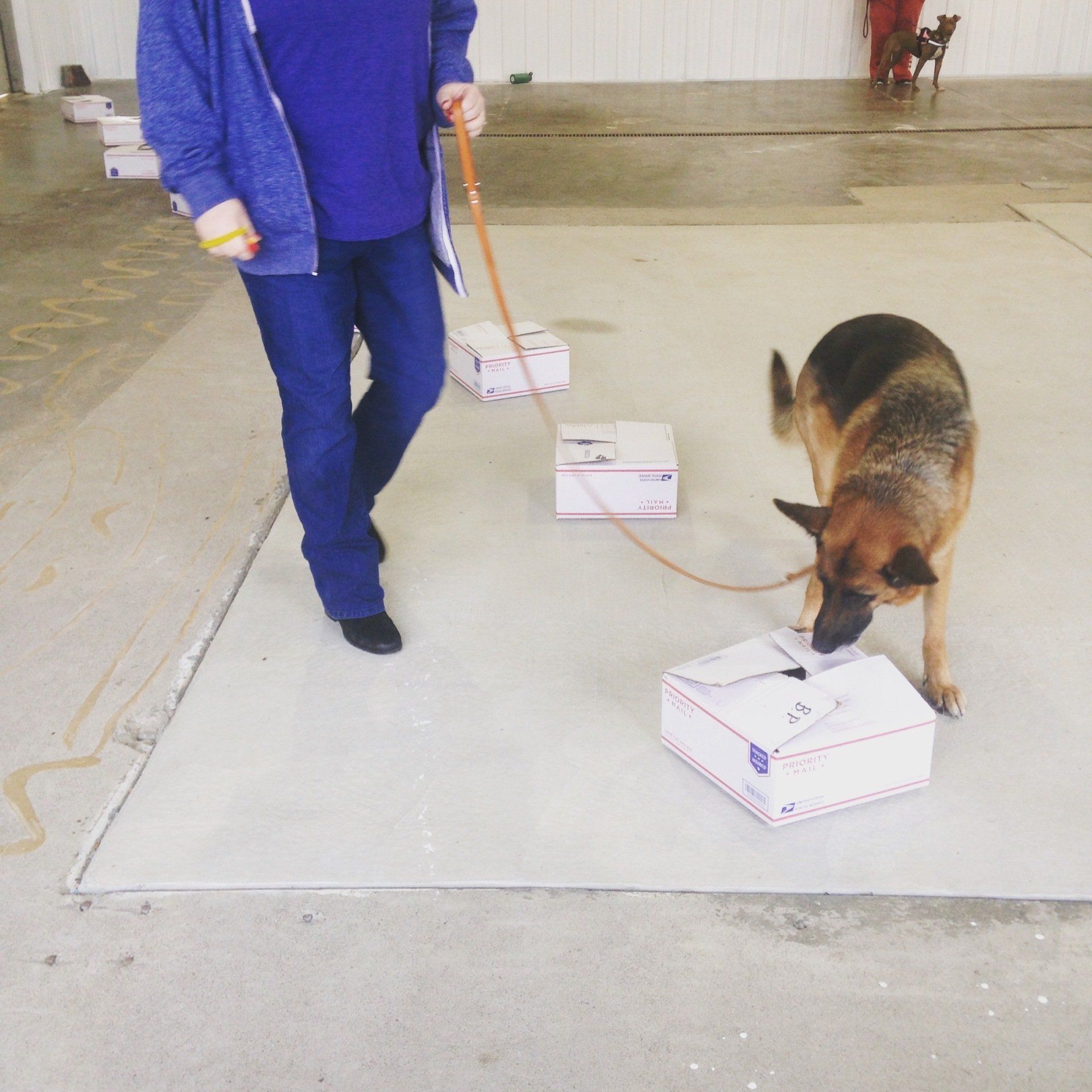
The dogs nose knows; it’s an incredible thing to behold. Our canine friends have the ability to wiggle each nostril independently, breathe in through the holes in the front of their nose and exhale through the side slits, and detect individual odors. Humans have 5 million cells devoted to smelling but, dogs have up to 220 million cells and four times the brain power devoted to processing scents. We may smell a delightful cake but, a dog smells each individual ingredient. They detect the flour, sugar, butter, eggs, etc. Canine nose work is the latest and fastest growing canine sport in North America. Dogs are encouraged and rewarded for doing what they do best by using their highly sensitive noses to locate an odor. Canine nose work was originally founded in 2006 by Ron Gaunt, Amy Herot, and Jill Marie O’Brien using the term K9 Nose Work to describe the scent detection activity and develop National Association of Canine Scent Work (NACSW). They wanted to give pet dogs and their people a fun and easy way to learn and apply scent detection skills. Since the development of NACSW, other organizations have been founded including United Kennel Club Canine Nosework and C-WAGS Scent Games. Canine nose work is designed to let dogs engage their natural scenting abilities in a fun and rewarding search activity. Inspired by working detection dogs, nose work is the fun search and scenting endeavor for virtually all dogs and their people; regardless of age or breed, physical limitations, lack of obedience, and fear or reactivity issues. This easy to learn activity builds confidence and focus, while providing a safe way to keep dogs healthy through mental and physical stimulation. If your dog has a nose, you’ve got a Nose Work dog! Canine nose work is designed to help dogs learn independent problem-solving skills and build a solid foundation in scent detection skills. This enables them to face new challenges and uses real-world environments to refine your dogs natural talents. Therefore providing multiple benefits to many dogs lives. While searching dogs burn both mental and physical energy, searches can be done anywhere that you can take your dog, no prior training or obedience is needed, it improves impulse control, fearful dogs build confidence and overreactive dogs use their energy for searching. In a class setting dogs work one at time which is especially great for reactive dogs or dogs with behavior issues, and it builds a strong relationship bond between handler and dog learning through observation, understanding, and trust. Why use cardboard boxes? Nose work starts with getting your dog excited about using his nose to seek out a treat or toy hidden in one of several boxes in an obedience-free zone without handler interruption or unintended correction. The first step will be to find out what food treat or toy reward that your dog truly loves. This will initially be used as your dog’s target odor, by hiding it in containers, in order to build desire and drive. You will need 10 boxes to start and the number and difficulty grows with time and experience. We use the boxes to help the dog learn the game and build a cue that the game is about to start. Additionally, it doesn’t matter if the dog can see the hide because we want to encourage them to go seek the item out. Although, try avoiding helping them or pointing at each box; your dog should search on their own. Sometimes if your dog is reluctant to move away from you, you may casually stroll around as if you were going for a walk or nonchalantly investigate the boxes (avoiding the loaded box). Finally, as soon as you dog shows any interest in the box with the reward you will immediately reward and show enthusiasm by telling them how awesome they are. Once they find the hide of their food or toy, its self-rewarding and reinforcing their successful searching behavior. After boxes the game is expanded from containers to entire rooms, exterior areas, and vehicles. Dogs usually learn this behavior in the first 3 months to a year, with this time period being used to build desire to hunt, stamina for searching, and skill set without the risk of failure, distractions, or disinterest in the search. In this time frame, the handler also builds observation and handling skills. It is important to move the training at a pace that will bring the best performance out of the dog. Once your dog grows more confident target odors are introduced and competition skills are taught. The target odors used in nose work vary depending on your organization but could include; birch, anise, clove, myrrh, vetiver, cypress, and/or lemongrass. Once target odors are introduced, usually through pairing with food to keep the dog motivated, your dog will search for the odor only finding its source and then get rewarded by his handler with treats or toy reward. Later stages introduce advanced detection including blind searches (location of hide is unknown to the handler), finding multiple searches in a single search area, and searching for an unknown number of hides in a search area. Your dogs learns to obey their nose, not the handler. Canine nose work is a terrific sport for both people and dogs of all types, sizes, and ages. This is the one sport where the dog knows more than the person at the end of the leash! Throughout a training team’s career, the emphasis will always be on creating learning experiences and supporting problem solving. Canine nose work is all about the dogs and celebrating their amazing abilities. The only way to know for sure how much you and your dog will love nose work is to give it a try. Attend a workshop, join a class, or go watch a trial. Embrace the training journey and enjoy every moment of learning for you and your dog. Happy Sniffing!
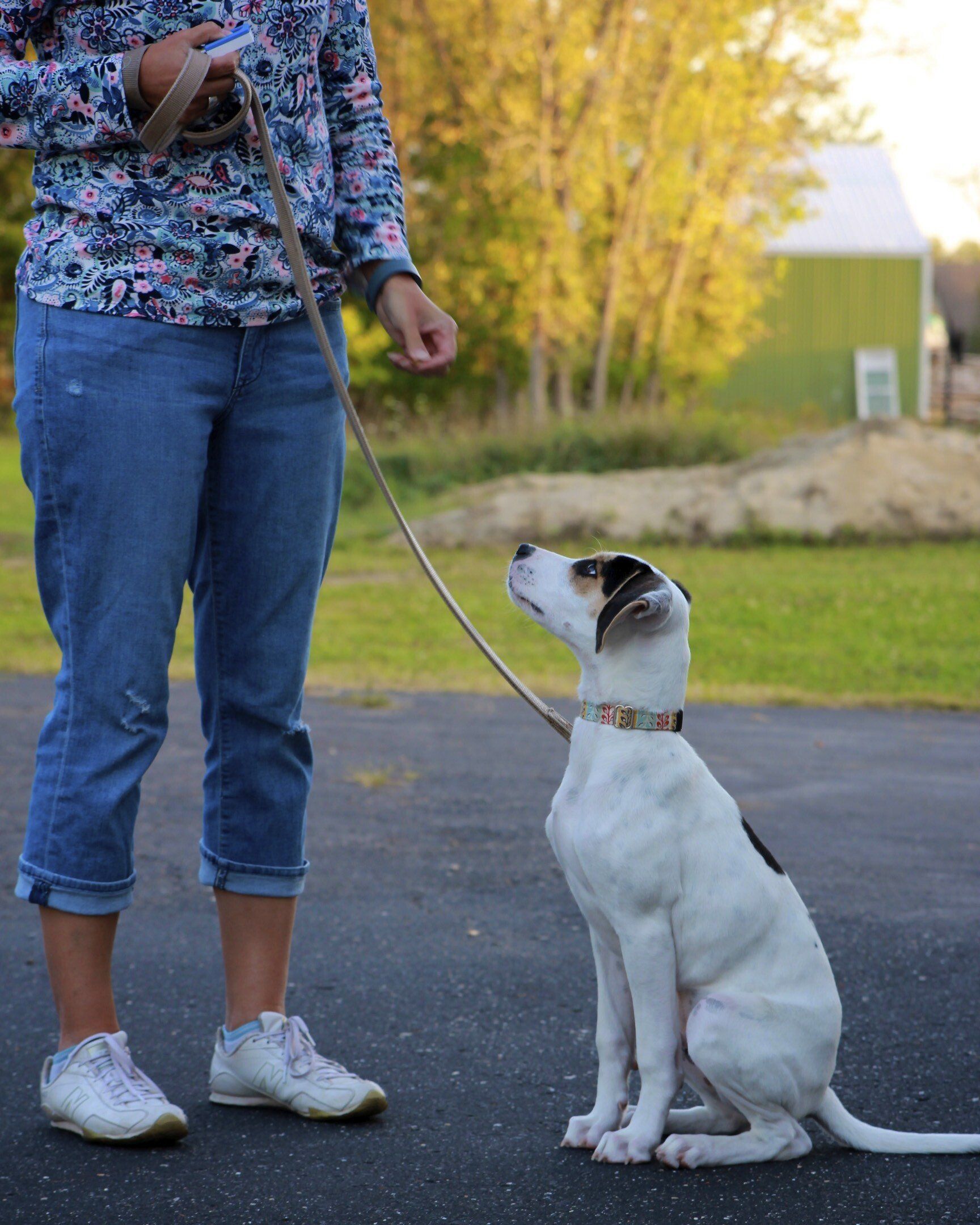
Have you ever found yourself overwhelmed with your new puppy? Is your new puppy biting and chewing on everything? Does it lack impulse control? Are they still having accidents in the house? With so much information available through books, the internet, and general advice; the main message can get lost among all the other information. Here are my top ten tips for raising a successful puppy as a great family pet.
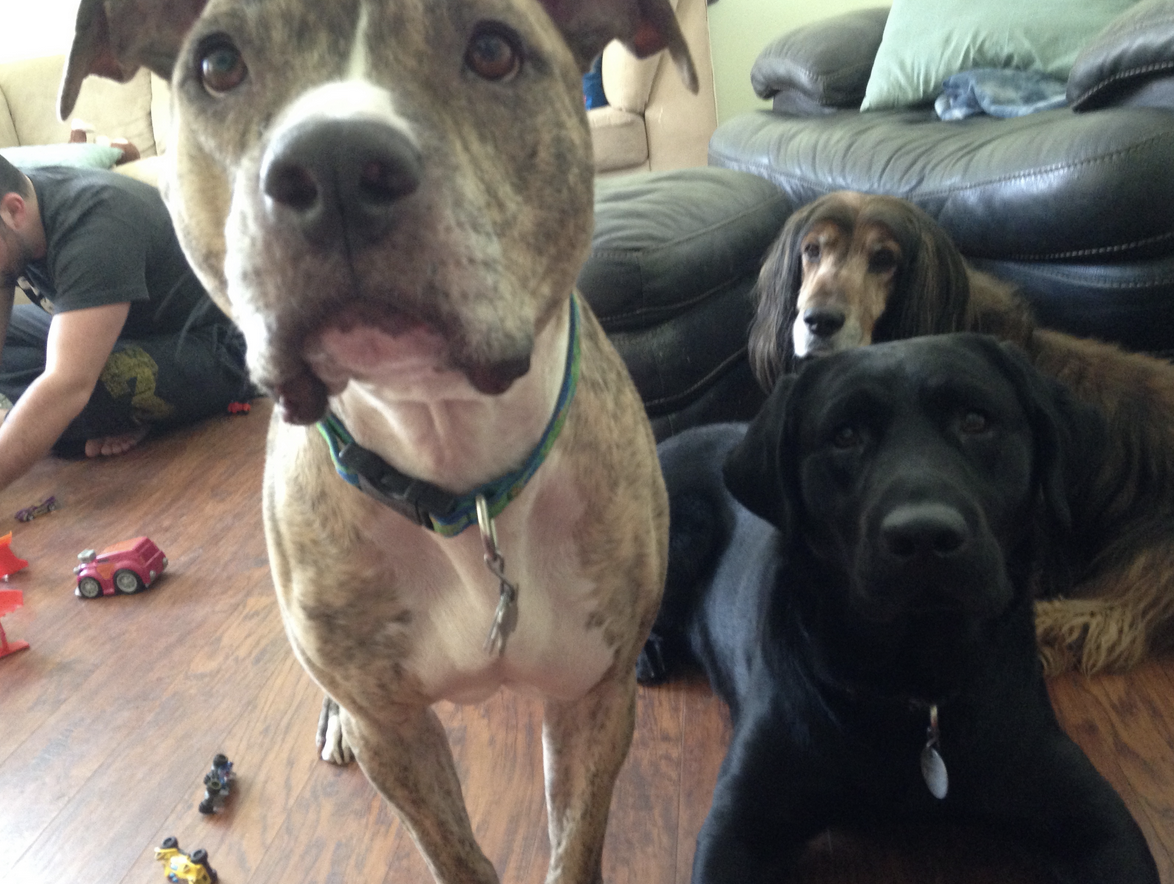
Well in case you didn't know, sometimes dog trainers have days where they forget things too. I find myself needing to multi-task on a regular basis with twin toddler boys, training my own multiple dog household, raising a future Leader Dog puppy, and owning my dog training business. Wow... that's a lot when I actually put it all down. No wonder I am usually pretty exhausted at the end of everyday. Anyways, a few weeks ago I found myself very frusterated with my 3 dogs. I clearly (in only my eyes) was trying to build a race track for my kids. The toddlers needed a project to work on so that I could get some things done around the house (maybe I need a house keeper...lol) but, all 3 dogs were in my way. They were laying on or breaking apart the racetrack, bumping me, or licking my face. At that moment, all I could think about was how frusterated that I was. My dogs were preventing me from giving my children a task so that I could go on with my morning. Total dog trainer MALFUNCTION on my part!!! It does happen from time to time and that is okay. Suddenly I realized... why not give all 3 dogs a stuffed frozen Kong that are all already prepared in the freezer for this exact reason!!! So away I went to the freezer and gave all 3 dogs their project toy... no worries my children are trained to leave the dogs alone when they have their kongs and are always watched when they have excess around the dogs. As much as I hate to admit it, it was really an easy fix so that I could get some chores done. So off I went, got the racetrack built in less than 5 minutes, and then could proceed about my routine WITHOUT the dogs help. FYI Kongs are your friend! Sometimes when training isn't always an option, management is the next best step... Keep an eye out for the next update which will be all about household management when you have busy lifestyles +/- kids in your home...
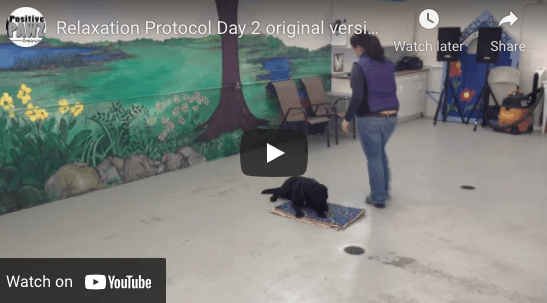
Remember to have Day 1 mastered before moving on to Day 2. Also this exercise can be practiced in whichever position is easier for your dog to start. For example, they can be in sit/down in front of you or sit/down in heel position. Feel free to change and modify it a little by treating more frequently if you need to or not going as far away from your dog. Keep your hands in a neutrol location (like your side) that is in not your pockets or in your treat bag, which also means keep your treats out of your hands. Enjoy... Day 2!!
